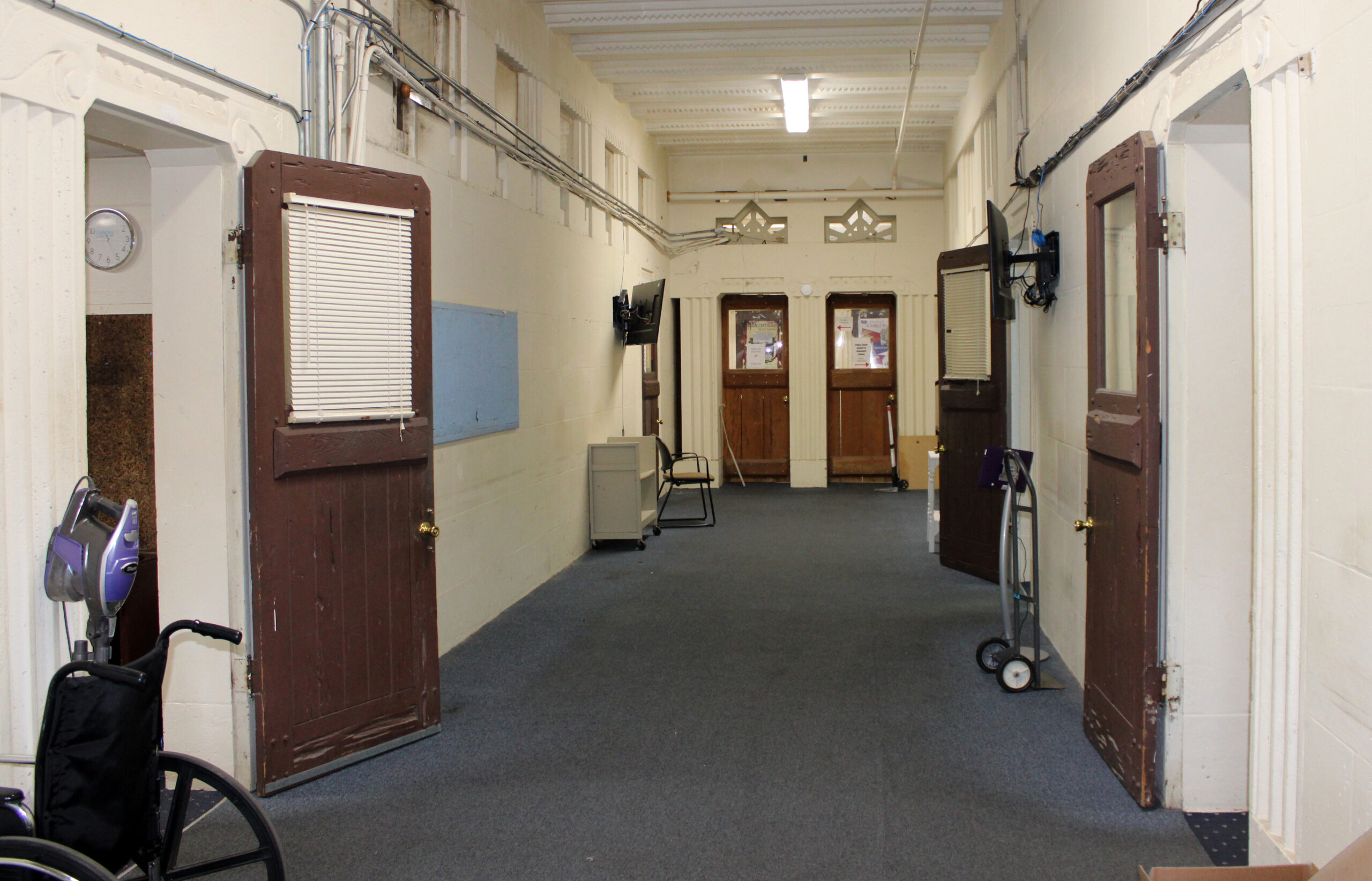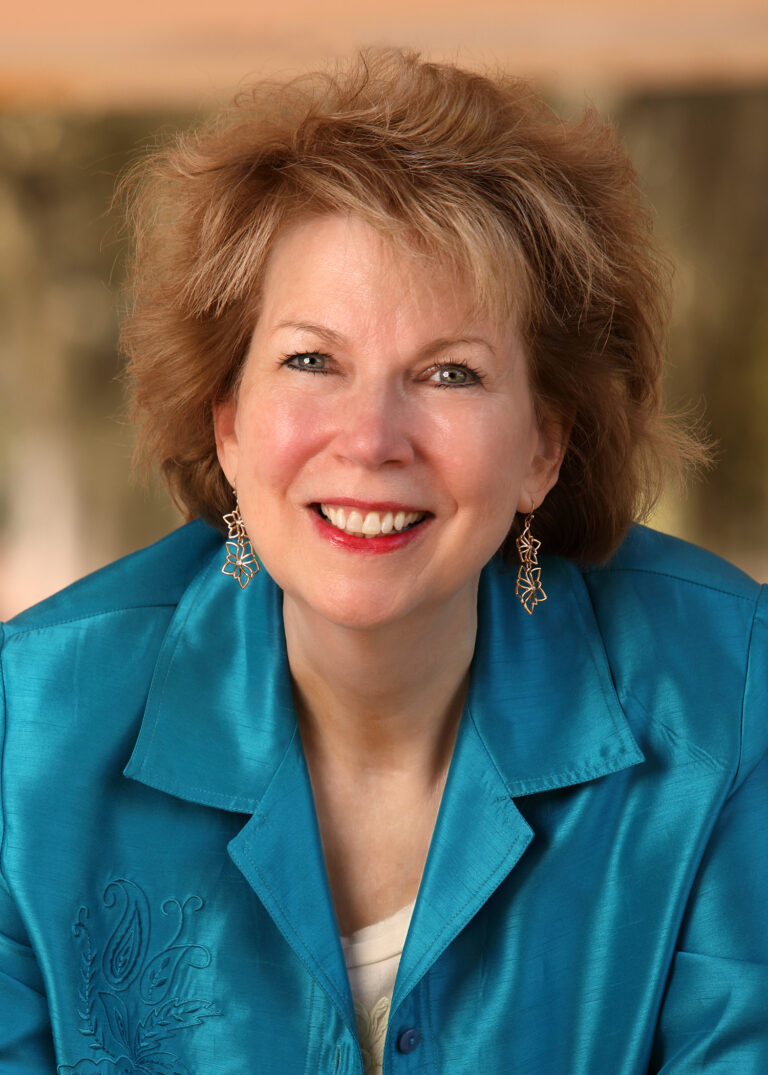As Sanaullah departs, health care challenges loom
Franklin County is bracing for changes in its health care landscape on everything from the availability of its limited number of primary care physicians, to modifications in its hospital structure, to who city and county governments choose to insure its workforce.
Mary Mayhew, president of the Florida Hospital Association, which represents more than 200 hospitals around the state, appeared at last week’s county commission meeting to address many of these challenges.

Her previously scheduled appearance coincidentally came just a week or so after Dr. Shezad Sanaullah, a cardiologist with a busy primary care practice in an office he rents from the county, closed his Apalachicola practice.
A longtime practitioner in Apalachicola, Sanaullah, who lives in Tallahassee with his wife Dr. Helen Nitsios, is reportedly now practicing outside of the county. He declined comment on the move although a spokesman for the practice, Melanie Shiver, said that declining reimbursements has made it financially unfeasible to sustain a solo practice such as Sanaullah’s.
Sanaullah’s patient medical records are available at Weems Memorial Hospital through Feb. 29.
To further underscore the financial challenges facing a solo practice, Sanaullah’s departure comes despite a generous effort by the county, beginning in 2014, to lease office space to him at the former Chapman Schools building for about $1,961 per month, with the most recent addendum to the lease keeping terms in place until June 21, 2032.
“People were kind of in shock,” said County Commission Chairman Ricky Jones. “There were people using Dr. Sanaullah as a primary care solution as much as a cardiologist. A lot don’t know what they’re going to do next.
“It puts even more stress on a health care system in dire need of expansion,” he said.
Jones said that to attract a successor to Sanaullah, the county may need to make some improvements to the aging building.
At last week’s county commission meeting, Commissioner Ottice Amison noted county officials had inquired of Ascension Sacred Heart in Gulf County whether it would consider housing Dr. David Newton, who recently joined the hospital group’s primary care practice in Port St. Joe, or another physician, at the Chapman location.
“We need to figure this primary care issue out. The obstacle is CHP,” he said, referring to Capital Health Plan which insures a large number of city and county employees. He said the Ascension billing would have to go through the campus in Gulf County, which is not in network since CHP does not extend west of the Franklin-Gulf line.
“How can we bring CHP to the table?” Amison asked of Mayhew. “We’re either going to have to find another insurance company or CHP is going to have to come to the table.”
Mayhew, a former secretary of the Agency for Health Care Administration under Gov, Ron DeSantis, said she would avoid addressing “local concerns, priorities and health needs” and would focus on the larger issues facing Florida’s hospitals post-pandemic.
“Hospitals generally are the heartbeat of their communities, generally one of the largest if not the largest employer,” she said. “Smaller rural hospitals play a much more expansive role than what we typically associate with a hospital.”
She said when it comes to recruiting staff, the state has “one of the highest turnover and vacancy rates we’ve seen.”
She said in 2023, the state saw a turnover rate of 32 percent, and a vacancy rate of 30 percent, driven by fatigue and stress as well as a desire to seek more lucrative pay packages.
“Our labor costs in hospitals went up 45 percent,” she said, coupled with increased costs of pharmaceutical drugs and supplies. “Seventy percent of a hospital’s budget went up 35 percent.”
With about two-thirds of a hospital’s revenue typically coming from Medicare and Medicaid, the situation is complicated because Medicaid pays roughly 50 cents on the dollar.
“As those labor costs skyrocketed, they are still left with fixed reimbursement rates,” Mayhew said. “Hospitals margins took a nosedive and tanked. Large health systems in Florida, for the first the time in decades, were experiencing negative margins. If you don’t have a lot of reserves and cash flow, it’s hard to weather the storm.”
She said Weems’ status as a critical access hospital, in a county with an older population dependent on Medicare, means it receives 101 percent of its Medicare costs reimbursed, compared to about 86 cents on the dollar.
“This is for only allowable costs,” she noted. “The expense of recruiting physicians are not considered an allowable expense.”
She said some states have convinced their legislators to raise Medicaid reimbursements and that her association is working on Florida. “That is something that is a priority for me in the FHA, that we need to be advocating for that,” she said.
Mayhew said the state also has resumed appropriating monies for its rural hospital capital improvement fund. “Last year we got $10 million and last fall we encouraged all rural hospitals to submit applications,” she said. “Grants are now being provided to those hospitals. We are advocating to make that a recurring funding source, as needs far exceeded the $10 million.”
Mayhew said the state’s situation is complicated by the fact that on average 1,000 people a day are moving here and the demand for health care services is skyrocketing.
“If the state did nothing Florida would be short nearly 50,000 nurses and would be short 36,000 physicians,” she said.
In addition there is pressure on the availability of staff for what is occurring outside the hospital with nursing home services and assisted living, which has meant that at one time as many as a quarter-million hospital patients could not be discharged to “an appropriate, available resource.
“Timely access and proximity to care matter,” Mayhew said. “Transportation is a barrier.”
She said new technologies, regarding telehealth, “has bridged a lot of services, and are an incredibly important complement to health care and timely access.”
Jones inquired about details of the federal government’s rural emergency health care act whose terms are expected to be adopted by state legislators this session.
“It is moving beautifully, there seems to be great support,” she said. “I am very optimistic that that will be an option.”
She said that while rules need to be worked out, the newly created act would allow a hospital to remain licensed while foregoing its inpatient beds, and would receive a stipend through care for loss of inpatient revenue.
Mayhew said that it is not clear whether a hospital could retain its critical access designation and still qualify for the changed status. “It’s a big decision.” she said.
She said that if Franklin were to make changes to Weems’ current status, a consideration behind the county’s upcoming request for qualifications for a rural health care consultant, “there really aren’t that many choices. The option becomes ‘do you stay in the same structure and look at affiliations and strategic partnerships, or look at the pros and cons of becoming a non-profit 501c3, or do you sell to a system, part of a larger system?’”
Amison offered a blunt assessment of the decision-making challenges ahead. “We are the champions of treading water,” he said. “At some point we’re going to sink.”



Meet the Editor
David Adlerstein, The Apalachicola Times’ digital editor, started with the news outlet in January 2002 as a reporter.
Prior to then, David Adlerstein began as a newspaperman with a small Boston weekly, after graduating magna cum laude from Brandeis University in Waltham, Massachusetts. He later edited the weekly Bellville Times, and as business reporter for the daily Marion Star, both not far from his hometown of Columbus, Ohio.
In 1995, he moved to South Florida, and worked as a business reporter and editor of Medical Business newspaper. In Jan. 2002, he began with the Apalachicola Times, first as reporter and later as editor, and in Oct. 2020, also began editing the Port St. Joe Star.